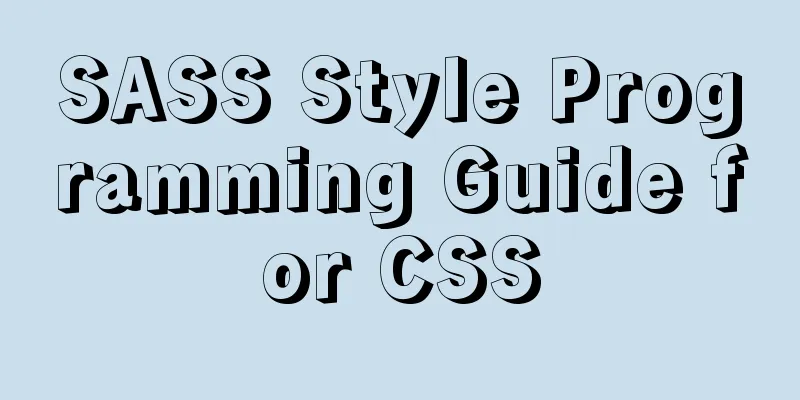Implementing WeChat tap animation effect based on CSS3 animation attribute

|
Seeing the recent popular WeChat tap function, I reviewed the CSS3 animation, so I wrote this box shaking animation and added the QQ window shaking.
@-webkit-keyframes shake {
0% {
-webkit-transform: translate(2px, 2px);
}
25% {
-webkit-transform: translate(-2px, -2px);
}
50% {
-webkit-transform: translate(0px, 0px);
}
75% {
-webkit-transform: translate(2px, -2px);
}
100% {
-webkit-transform: translate(-2px, 2px);
}
}
@keyframes shake {
0% {
transform: translate(2px, 2px);
}
25% {
transform: translate(-2px, -2px);
}
50% {
transform: translate(0px, 0px);
}
75% {
transform: translate(2px, -2px);
}
100% {
transform: translate(-2px, 2px);
}
}
.shake {
position: relative;
top: 30px;
left: 100px;
height: 200px;
width: 200px;
color: #ff0000;
background: #000;
}
.shake:hover {
-webkit-animation: shake 0.2s infinite;
animation: shake 0.2s infinite;
}
/*Activity swing animation*/
@-webkit-keyframes swing {
10% {
transform: rotate(15deg);
}
20% {
transform: rotate(-10deg);
}
30% {
transform: rotate(5deg);
}
40% {
transform: rotate(-5deg);
}
50%,100% {
transform: rotate(0deg);
}
}
@-moz-keyframes swing {
10% {
transform: rotate(15deg);
}
20% {
transform: rotate(-10deg);
}
30% {
transform: rotate(5deg);
}
40% {
transform: rotate(-5deg);
}
50%,100% {
transform: rotate(0deg);
}
}
@-o-keyframes swing {
10% {
transform: rotate(15deg);
}
20% {
transform: rotate(-10deg);
}
30% {
transform: rotate(5deg);
}
40% {
transform: rotate(-5deg);
}
50%,100% {
transform: rotate(0deg);
}
}
@keyframes swing {
10% {
transform: rotate(12deg);
}
20% {
transform: rotate(-11.5deg);
}
30% {
transform: rotate(1deg);
}
40% {
transform: rotate(-1deg);
}
50%,100% {
transform: rotate(0.5deg);
}
}
.stagger {
background-color: #ff0000;
width: 60px;
height: 60px;
}
.stagger1{
animation: swing .5s .15s linear 1;
/* animation-play-state: paused; */
}
<!-- qq window shakes-->
<div class="shake">qq window shake</div>
<!-- WeChat avatar shaking-->
<div class="stagger">WeChat pat avatar shaking</div>
document.querySelector('.stagger').addEventListener('click', function() {
document.querySelector('.stagger').classList.add('stagger1')
console.log('papa nudged baby')
})
/*Each click implements the animation, pay attention to the end of the monitoring animation, remove the animation class, and then add the animation class document.querySelector('.stagger').addEventListener('animationend', function() {
document.querySelector('.stagger').classList.remove('stagger1')
})This is the end of this article about how to implement WeChat tap animation effects based on CSS3 animation attributes. For more relevant CSS3 WeChat tap function content, please search 123WORDPRESS.COM’s previous articles or continue to browse the following related articles. I hope you will support 123WORDPRESS.COM in the future! |
<<: SQL ROW_NUMBER() and OVER() method case study
Recommend
MySQL 5.7.18 download and installation process detailed instructions
MySql Download 1. Open the official website and f...
How to use Nginx to proxy multiple application sites in Docker
Preface What is the role of an agent? - Multiple ...
Detailed explanation of various loop speed tests in JS that you don’t know
Table of contents Preface 1. for loop 2. while lo...
JavaScript function call, apply and bind method case study
Summarize 1. Similarities Both can change the int...
vue uses Ele.me UI to imitate the filtering function of teambition
Table of contents Problem Description The general...
mysql5.7.17.msi installation graphic tutorial
mysql-5.7.17.msi installation, follow the screens...
Access the MySQL database by entering the DOS window through cmd under Windows
1. Press win + R and type cmd to enter the DOS wi...
How to install and deploy gitlab server on centos7
I am using centos 7 64bit system here. I have tri...
Use Docker to build a Redis master-slave replication cluster
In a cluster with master-slave replication mode, ...
How to install babel using npm in vscode
Preface The previous article introduced the insta...
MySQL 8.0.2 offline installation and configuration method graphic tutorial
The offline installation method of MySQL_8.0.2 is...
Font Treasure House 50 exquisite free English font resources Part 2
Designers have their own font library, which allo...
Solve the problem of importing Web projects into Idea and publishing them to Tomcat
Idea imports an existing web project and publishe...
Installation tutorial of docker in linux
The Docker package is already included in the def...
Summary of some common uses of refs in React
Table of contents What are Refs 1. String type Re...









